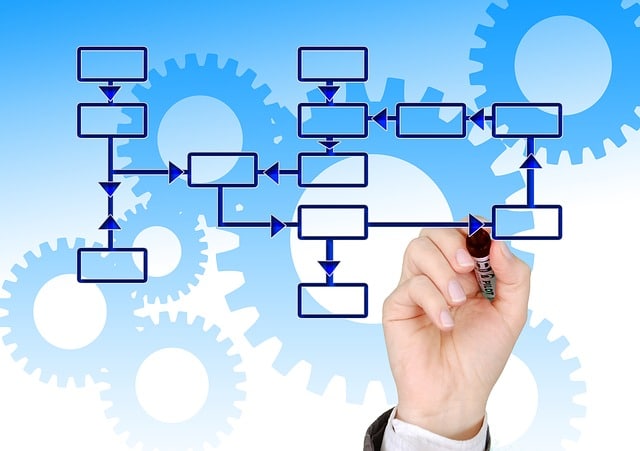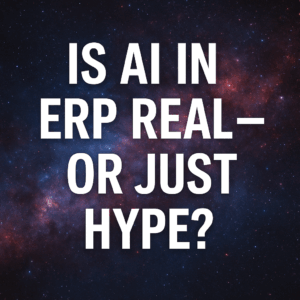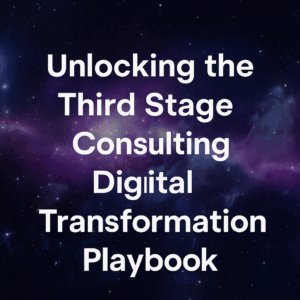One big question organization ask before they implement a new technology is when and how business process management plays into their digital transformation. Do you let the software determine how your processes are going to look, or do you ensure that your business processes drive how the software looks? Though the answer is relatively simple, software implementation can feel like a struggle for two reasons – organizations neither want to reinvent the wheel if they don’t have to nor do they want to feel obligated to customize the software if it’s not necessary. By breaking down your business processes in a distinct, operational format, you can lay out exactly what you need in an enterprise software and get a firm grasp on how best to proceed with your digital transformation.
When to enact business process management depends on the situation your organization is in, but it will always play a vital role to a successful software implementation. The timeline, however, varies depending on which of the three phases of software selection you’re focusing on. Let’s walk through each of the phases of the software selection process and explore how to use process mapping to steer your transformation in the right direction.

Table of Contents
Toggle1. Stop and Evaluate
In the evaluation phase, you want to spend time defining what your business processes are going to look like and what you want your future state to be. The clearer the vision you have for what you want the transformation to be and what you want to be when you grow up, the better outcome you’ll have. You’re going to find a better solution for your organization if you’ve defined what you want your future state to look like and have worked backward to map out how to get there. Enter, process mapping.
The unfortunate reality is that many organizations don’t necessarily have the budget, time, or resources to spend redefining what their business processes and tend to skip the evaluation phase altogether. They’re simply unwilling to reinvent the wheel. It’s important to remember, however, that there’s a huge amount of value in defining your business processes upfront, at least conceptually if not in full detail.
2. Design of the Software and Business Processes
Once, you’ve created a blueprint that frames your general operations, begin to fill in your specific business processes. To start, figure out your two types of business processes. The first type is your core competencies. These are the things that make you who you are as an organization. It’s why you win against the competition, what you do well and what you want to continue to do well. It’s your organization’s “secret sauce,” and it usually has to do with aspects of your business that are either customer-facing, employee experience-based or product-based. It’s the things that you tailor and customize to make your organization unique.
The second type of business process is the commodity processes. These are things like your accounts payable or your purchase order processing. It’s what you must do as an organization and is similar to what all other organizations are doing. These are things you don’t customize because they’re meant to be generic, and they’re efficient being so.
Understand where and how your data flows and all employees who touch a given process. By understanding the data flows, you will be able to better identify the right fit software. By identifying all employees who touch the processes that will see a change, you will better manage change within your organization.
3. The Hierarchy of Business Processes
To begin process mapping, prioritize your processes by placing them within a hierarchy. The hierarchy has five levels, with commodity processes falling within level 1 and your core competencies landing in level 5. Somewhere after levels 2 or 3 are when which technology you’re using starts to matter.
The farther you go, the more detailed you need to get. While you can defer the processes in level 1 to the software, by level 5, your processes should be driving the technology. The core competencies are the most high-priority and high-value of your processes, and you need to figure out a way for the technology to support these processes.
Business Process Management
As you walk through a digital transformation project, know that you will need to strategically manage all elements ranging from business processes to data to organizational change. Process mapping will not only help you define how the processes will be altered, but it will also help define how individual jobs are changing.
If you have questions or need support on how to best map your business processes as you begin exploring new enterprise technologies, please don’t hesitate to reach out to me directly. I am always happy to be an informal sounding board.





